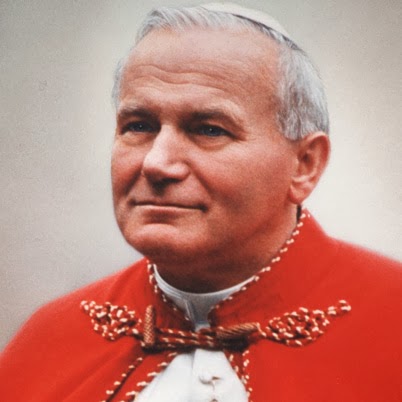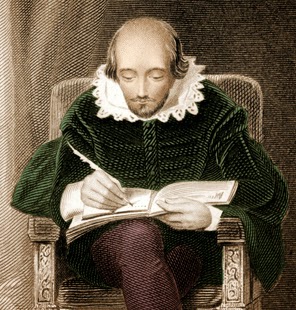Early Life and Family
George Washington could trace his family's presence in North America to his great-grandfather, John Washington, who migrated from England to Virginia. The family held some distinction in England and was granted land by Henry VIII. Much of the family’s wealth was lost during the Puritan revolution and in 1657 George’s grandfather, Lawrence Washington, migrated to Virginia. Little information is available about the family in North America until George’s father, Augustine, who was born in 1694.Augustine Washington was an ambitious man who acquired land and slaves, built mills, and grew tobacco. For a time, he had an interest in opening iron mines. He married his first wife, Jane Butler and they had three children. Jane died in 1729 and Augustine married Mary Ball in 1731. George was the eldest of Augustine and Mary’s six children, all of which survived into adulthood. The family lived on Pope's Creek in Westmoreland County, Virginia. They were moderately prosperous members of Virginia's "middling class."
Augustine moved the family up the Potomac River to another Washington family home, Little Hunting Creek Plantation, (later renamed Mount Vernon) in 1735 and then moved again in 1738 to Ferry Farm on the Rappahannock River, opposite Fredericksburg, Virginia, where George Washington spent much of his youth.
Little is known about George Washington's childhood, which fostered many of the fables later biographers manufactured to fill in the gap. Among these are the stories that Washington threw a silver dollar across the Potomac and after chopping down his father's prize cherry tree, he openly confessed to the crime. It is known that from age seven to fifteen, George was home schooled and studied with the local church sexton and later a schoolmaster in practical math, geography, Latin and the English classics. But much of the knowledge he would use the rest of his life was through his acquaintance with backwoodsmen and the plantation foreman. By his early teens, he had mastered growing tobacco, stock raising and surveying.
George Washington’s father died when he was 11 and he became the ward of his half-brother, Lawrence, who gave him a good upbringing. Lawrence had inherited the family's Little Hunting Creek Plantation and married Anne Fairfax, the daughter of Colonel William Fairfax, patriarch of the well to do Fairfax family. Under her tutorage, George was schooled in the finer aspects of colonial culture.
In 1748, when he was 16, George traveled with a surveying party plotting land in Virginia’s western territory. The following year, aided by Lord Fairfax, Washington received an appointment as official surveyor of Culpeper County.
For two years he was very busy surveying the land in Culpeper, Frederick and Augusta counties. The experience made him resourceful and toughened his body and mind. It also piqued his interest in western land holdings, an interest that endured throughout his life with speculative land purchases and a belief that the future of the nation lay in colonizing the West.
In July, 1752, George Washington's brother, Lawrence, died of tuberculosis making him the heir apparent of the Washington lands. Lawrence’s only child, Sarah, died two months later and Washington became the head of one of Virginia's most prominent estates, Mount Vernon. He was 20 years old. Throughout his life, he would hold farming as one of the most honorable professions and he was most proud of Mount Vernon. He would gradually increase his landholdings there to about 8,000 acres.







































